Nearsightedness is a very common vision condition affecting nearly 30 percent of the U.S. population. Some research supports the theory that nearsightedness is hereditary. There is also growing evidence that it is influenced by the visual stress of too much close work.

Generally, nearsightedness first occurs in school-age children. Because the eye continues to grow during childhood, it typically progresses until about age 20. However, nearsightedness may also develop in adults due to visual stress or health conditions such as diabetes.
If one or both parents are nearsightedned. there is an increased chance their children will be nearsighted.the exact cause of myopia is unknown, but two factors may be primarily responsible for its development: heredity & visual stress [1]
Visual stress (sometimes called 'Meares-Irlen Syndrome' or 'Scotopic Sensitivity Syndrome') is the experience of unpleasant visual symptoms when reading, especially for prolonged periods. Symptoms include illusions of shape, movement and colour in the text, distortions of the print, loss of print clarity, and general visual irritation. Visual stress can also cause sore eyes, headaches, frequent loss of place when reading, and impaired comprehension.
Visual stress can have an adverse effect on the development of reading skills, especially reading fluency - i.e. the ability to recognise words quickly and to read longer passages text of text in a smooth and efficient way so that good comprehension is maintained. Visual stress makes reading an unpleasant and irritating activity that children will tend to avoid as much as possible. Research has shown that 15 - 20% of people suffer visual stress to some extent, and they also tend to be hypersensitive to fluorescent lighting and flicker on computer monitors.[2]
Myopia is not a serious condition and most of the time, it can be treated. It may be corrected with the use of prescription eye glasses or contact lenses.
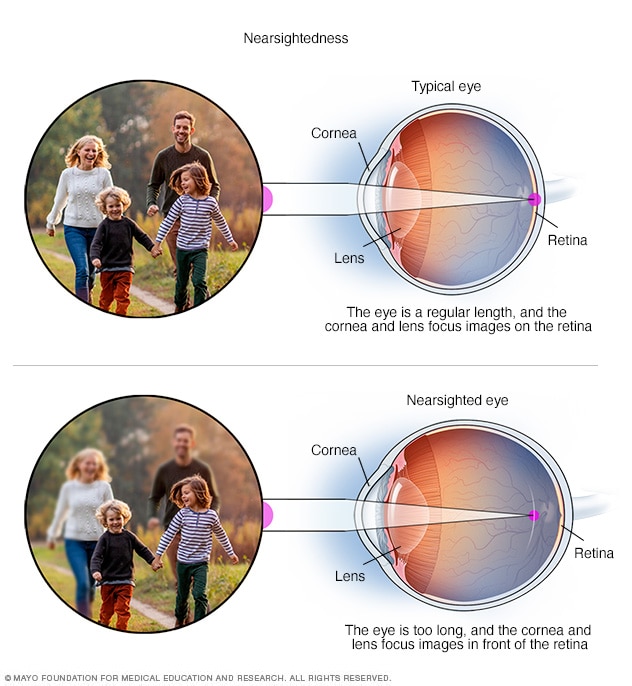
The different kinds of myopia are classified based on the symptoms and their severity, to wit:
Simple. This is the most common type of this condition. This is indicative of an eye that is too long for its optical power. Studies show that genetics and environmental conditions are causes of this condition. It rarely worsens and is easier to treat than other types.
Induced or Acquired. This condition may be caused by any of the following: (a) nuclear sclerosis; (b) bands that are used to repair retinal detachments stretch the length of the eye; (c) excessive exposure to prescription medications; or (d) increased glucose.
Pseudomyopia. The ciliary muscle is the muscle in your eye that is responsible for controlling your focusing abilities. When your ciliary muscle spasms, you may develop this condition. The spasms make it more difficult for your focusing abilities to function naturally or manually. This results in blurred images of objects far from you. This condition is temporary.
Nocturnal. As the name suggests, this type of myopia is most apparent at night time. When you develop this condition, you will have a hard time seeing things far from you when the lighting is low. On the other hand, your vision is normal during the day. Normally, the pupils of your eyes dilate and constrict when responding to light levels. However, when you have this condition, your pupils dilate to allow more light to enter your eyes. This results in a distortion of the images you see.
Degenerative. This condition is indicative of an increased amount in your refractive error. This is progressive as it can worsen over time. When you have this, your eye will keep on growing, thereby increasing the blurredness of your vision. The progressively growing distance between your outer eye and retina causes this. Degenerative Myopia is also called Pathological Myopia, when the eye elongates to the point of developing damage to the macula area and in severe cases lacquer cracks, which can significantly impact vision.[3]

The pattern of myopia development is complex and variable; therefore, it makes more sense to refer to ‘‘myopias’’ rather than a single condition of myopia. This complex pattern makes a classification of myopia difficult and has resulted in numerous different classifications being postulated, including:
• Classification according to the degree of myopia. (1) Low, (2) moderate, and (3) high. The limits are still arbitrary, a consensus among experts is necessary if studies of prevalence are to be compared. Typically, low myopia refers to amounts between —0.50D and less than —3.00D; moderate refers to amounts between — 3.00D and — 6.00D; and high would be greater than —6.00D.
• Ophthalmologic classification based on the fundus changes. (1) Simple or physiological (no fundus changes) and (2) degenerative or pathological myopia (fundus anomalies).
• Classification according to progression of myopia. In 1984, Donders subdivided myopia progression into (1) stationary, (2) temporarily progressive, and (3) chronically progressive (also called malignant or deleterious) myopia. Nowadays, researchers classify myopia based on the progression of the refractive power: (1) stable myopia refers to the refractive error that has not increased more than -0.25D in a period greater than 2years, and (2) progressing myopia refers to greater increases over that period.
• Classification according to the age of onset. Typically classified as (1) congenital, (2) infantile, (3) juvenile, and (4) adult myopia. It may also be classified as (1) congenital versus (2) acquired. Research studies classify myopia based on the age of onset: (1) late-onset (15 years or older), and (2) early-onset myopia (14 years or younger).
• Classification according to the combination of components of the eye. (1) Refractive, correlation or combination myopia, and (2) component myopia (e. g., due to corneal curvature myopia, lens myopia, and axial myopia).
• Classification according to presumed etiology. (1) Environmental versus (2) genetic. Also: (1) physiological myopia, (2) school myopia (due to close work), and (3) excessive myopia (i. e., caused by diseases).
• Genetic classification. Dominant type, recessive type, a sex-linked recessive type, etc.
• Biological classification of myopia. (1) Physiological or simple myopia as a biological variation of the normal distribution of the eye components, and (2) pathological (progressive or magna) myopia as falling outside the normal distribution.
Clinical forms of myopia include: nocturnal myopia, due to drift in the accommodation state that increases the power of the eye under scotopic conditions, and pseudomyopia, false myopia due to physiological or pathological increased accommodation state.[6]
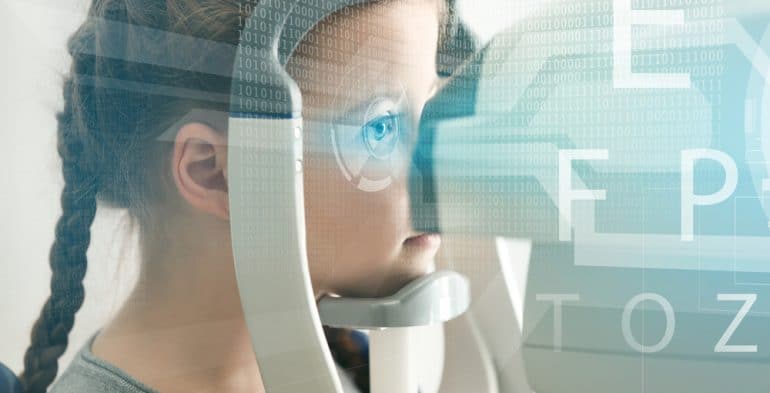
Myopia, or nearsightedness, is not inherited but is caused by excessive reading and other close work. After doing prolonged close work, the focusing muscle inside the eye locks up into a state of near focus. Over time this leads to permanent nearsightedness, an abnormal lengthening of the eye.
The "distance" or "minus power" glasses routinely prescribed accelerate this process by causing the world to appear closer. This causes the eyes to exert more focusing effort, resulting in even more myopia. Stronger glasses are prescribed again and again, creating a vicious circle of increasing myopia. This often leads to detached retina, macular degeneration and even blindness. Consequently, distance glasses should not be used for close work, only for distance. Most eye doctors do not reveal that the glasses they prescribe are harmful to our eyes.

There are now over TWO BILLION nearsighted people in the world, made that way by their eye doctors.[4]
Eyestrain is a common occurrence in today’s visually demanding world. A typical college schedule or office workday involves spending long hours reading, working at a desk, or staring at a computer. A poorly designed study or work environment, with elements such as improper lighting, uncomfortable seating, incorrect viewing angles and improper reading or working distances can add to the visual stress. As the day progresses, the eyes begin to fatigue and eyestrain and discomfort can develop.
A poorly designed study or work environment, with elements such as improper lighting, uncomfortable seating, incorrect viewing angles and improper reading or working distances can add to the visual stress.
The following are several key signs and symptoms of eyestrain:
* Sore or tired eyes
* Itching or burning sensations in the eyes
* Sensitivity to light
* Dry or watery eyes
* Headaches
* Difficulty focusing [5]
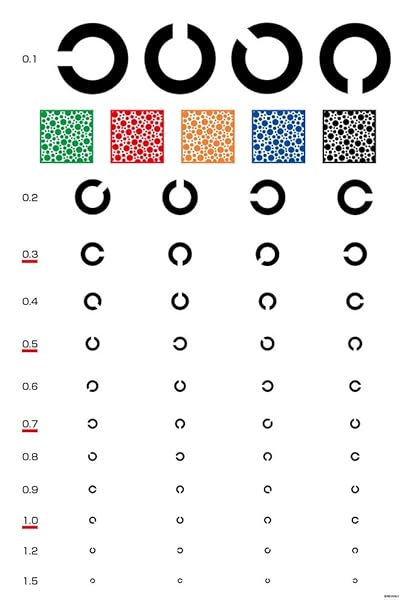
Reference:
- aoa.org
- lucid-research.com/t/visualstress
- optometrist.com.au/type-myopia-have
- myopia.org
- thedeserteye.com
- aibolita.com/eye-diseases
- webvision.med.utah.edu/book/part-xvii-refractive-errors

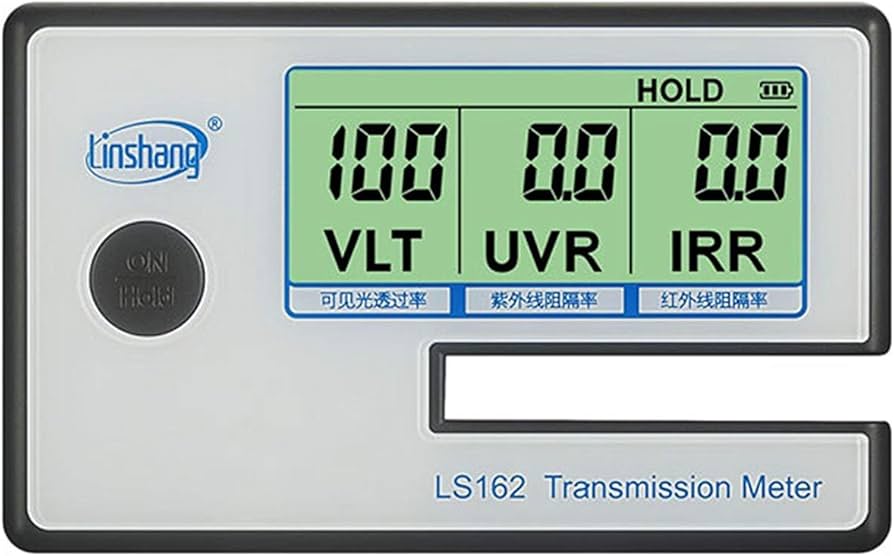


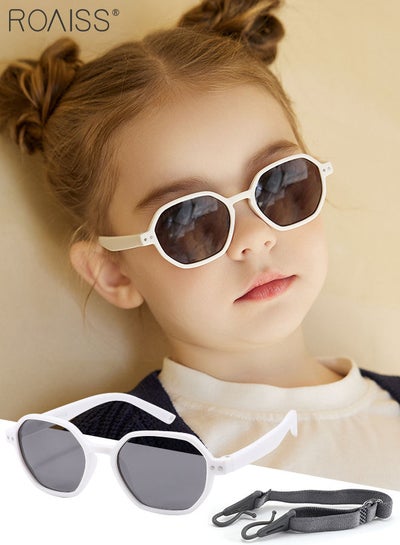



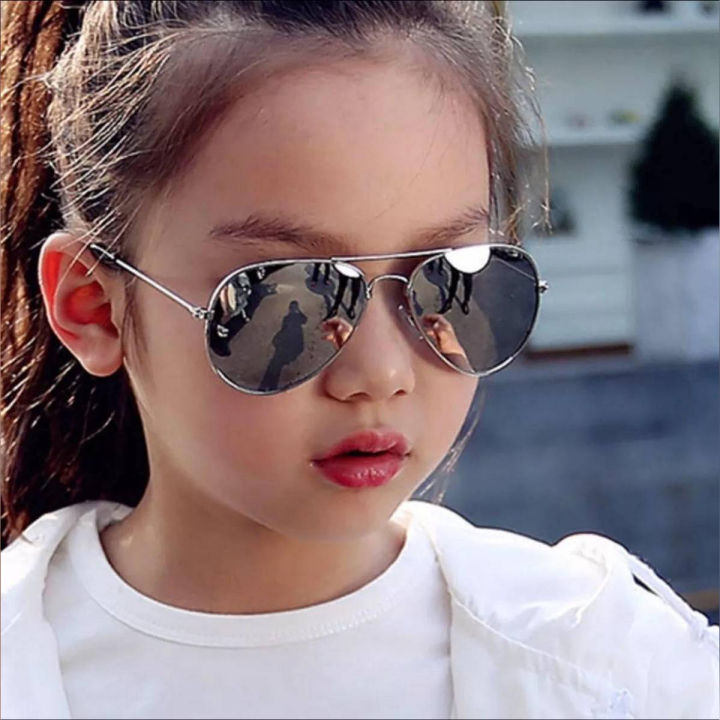
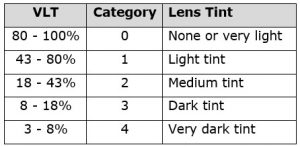


 وبلاگ تخصصی عینک شامل مجموعه مطالب پزشکی است که اطلاعات مفیدی در رابطه با عینک , چشم، لنز، سلامتی چشم و راه های پیشگیری از بیماریهای چشمی، کنترل و درمان آن را در اختیار شما کاربر محترم می گزارد.
وبلاگ تخصصی عینک شامل مجموعه مطالب پزشکی است که اطلاعات مفیدی در رابطه با عینک , چشم، لنز، سلامتی چشم و راه های پیشگیری از بیماریهای چشمی، کنترل و درمان آن را در اختیار شما کاربر محترم می گزارد.